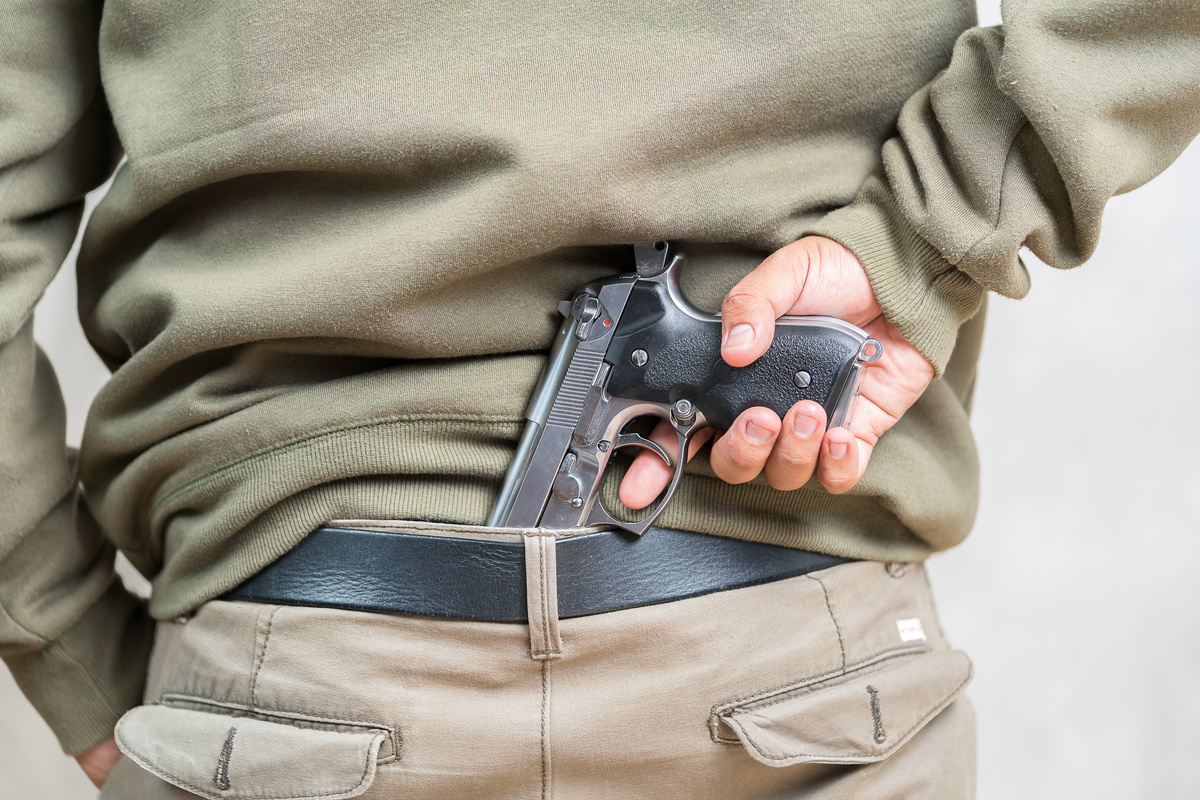De-escalation or Hesitation? The Fine Line We’re Asking Officers to Walk
De-escalation or Hesitation? The Fine Line We’re Asking Officers to Walk

There’s a growing tension in modern policing—one that can’t be seen in a PowerPoint slide or captured in a soundbite.
We’ve emphasized de-escalation in training rooms across the country. Slowing things down, creating distance, using words over force—these are good, necessary tools. But in our collective push for restraint, we have to ask:
Are we unintentionally training hesitation?
“They Got Lucky” Isn’t a Tactic
I recently reviewed a body camera video of a close-call incident. Officers encountered a suspect with his hands concealed, not complying with lawful orders, and visibly escalating. Despite multiple red flags, the officers waited. No commands were enforced. No action taken.
Had the suspect decided to attack, he would’ve been on target before they could have reacted.
This isn’t conjecture—it’s science.
The average officer’s reaction time to recognize a threat and respond with force often lags 0.25 to 0.35 seconds behind the suspect’s first movement. Drawing from a pocket or waistband can occur in less than half a second. In other words, by the time an officer perceives the threat, it's already too late. (Force Science, 2021)
In this case, the officers weren’t cowards. They were doing what they’ve been trained to do—de-escalate. Wait. Be perfect. But the question is: At what risk?
The Pressure Is Real—And Paralyzing
As leaders, we’ve heard it from the field:
“I was afraid I’d lose my job.”
“I didn’t want to be the next YouTube video.”
“It’s not just about doing it right anymore—it’s about how it looks.”
This isn’t paranoia—it’s self-preservation in a system that now often evaluates split-second decisions months after the fact, with pause buttons and hindsight bias.
Combine this with the push to reduce use-of-force incidents at all costs, and you start to see the real danger: paralysis in moments where decisiveness matters most.
We Can’t Teach Officers to Be Timid
We’re not doing anyone a favor if we condition officers to freeze in the face of legitimate danger.
There’s a difference between tactical patience and dangerous delay.
Yes, we should continue to invest in de-escalation, emotional intelligence, and communication strategies. But those tools must exist alongside confident, legally sound, and timely use-of-force decision-making.
When officers are too slow to respond due to policy confusion or fear of administrative fallout, the risk of injury or death—both to the officer and the subject—increases significantly. And once officers lose control of a high-risk encounter, it’s nearly impossible to regain it without escalation.
What If Those Officers Had Been Killed?
If those officers had been gunned down, the headlines would be very different.
We’d hear questions like:
-
“Why didn’t they act sooner?”
-
“Did they miss the warning signs?”
-
“Was their hesitation a result of flawed training?”
You can’t have it both ways. We can’t applaud restraint after the fact while ignoring the risks it creates in the moment.
We also can’t expect officers to process legal standards, department policy, community sentiment, and real-time danger—all while fearing the loss of their career—in under a second.
That’s not decision-making. That’s gambling with their lives.
As Leaders, the Burden Is on Us
We set the tone. We shape the training. We approve the policies.
Let’s make sure our officers know:
It is okay to act when danger is real.
It is okay to prioritize survival over social media optics.
It is okay to be tactically sound and morally grounded at the same time.
Because in policing, “getting lucky” isn’t a sustainable strategy. And it shouldn’t take a funeral to admit we pushed too far in one direction.
Closing Thought
The best officers are those who think critically, act confidently, and lead with integrity. They need our support, our trust, and our commitment to training that reflects the realities of the job—not just the politics around it.
Let’s get this balance right.
Because hesitation in the face of danger isn't progress—it’s peril disguised as policy.

